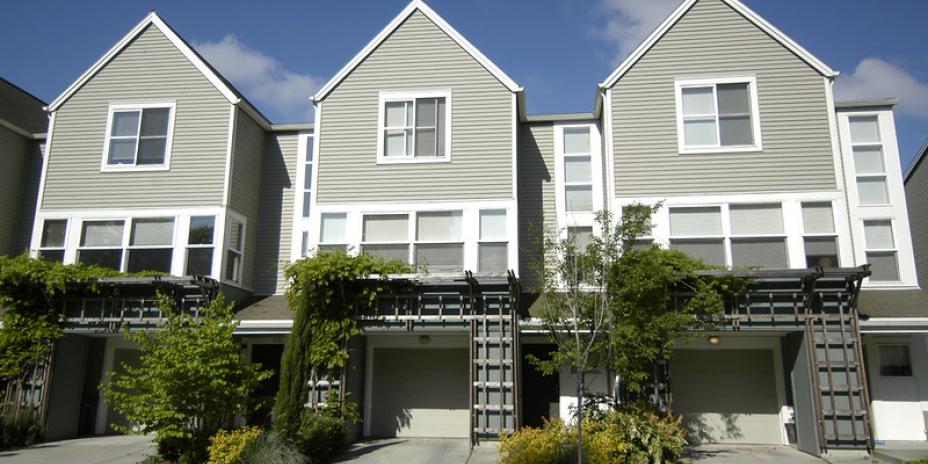The central Puget Sound region faces significant housing challenges related to supply and affordability. In this month’s Puget Sound Trend, we look at changes in the region’s housing production.
Housing production has been at record-high levels in the last six years. But the type of housing being built has changed, and affordable starter homes have nearly disappeared.
Since the 2008 recession, housing development in the region has switched from primarily single-family to multi-family. Much of this new housing is geared towards renters, not homeowners.
Fewer houses are being built for ownership and they’re getting bigger
Houses built for ownership tend to be larger than they were in the past. Over half of the for-purchase housing constructed in the 2010s had four or more bedrooms. By comparison, only 30% of ownership units developed in the 1980s were that large.
In addition, fewer ownership units are being produced. With less ownership housing and an increase in four-plus bedroom units, affordable starter homes are nearly non-existent.
New rental housing is trending towards homes too small for families.
More rental units are being produced than in previous decades, but they’re smaller. In the 80s, 90s and 00s, most rental housing was two- and three-bedroom units. Since 2010, studios and one-bedrooms have become the predominant size.
Both rental and ownership housing play an important role in the region’s housing market, and local governments have the tools to expand housing opportunities.
Overall, the development of homeownership units is down. Less ownership housing has a cascading impact on housing prices and rents, exacerbating housing stability concerns and driving increases in homelessness in our region.
Jurisdictions in the region have made significant progress through comprehensive plan updates, accommodating more middle housing and streamlining development regulations. But additional work may be necessary to make moderate-scale development likely to occur.
For more on this topic, read this month’s Puget Sound Trend.

